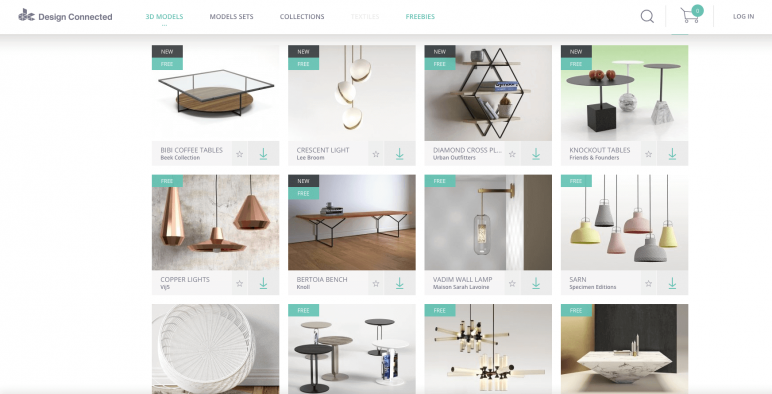Ceramic 3d Torrent

Jump to Ceramic Resin - Ceramic resins are a good choice for artists or individuals with very high heat applications. The print process is similar to other.
In the countryside outside of, New York, (BVTC) has an impressive industrial operation—a potter’s studio on steroids, with dust and clay scattered around a relatively calm factory. Since 1996 “Rusty” Raymond Conners has spent his days by the window and among his plants, carving intricate designs in the capitals of columns and the faces of tiles. BVTC started in 1889 as a flower pot business, and has since morphed into one of the leading-edge facade manufacturers in the world, producing a range of baked-clay cladding products that are being used by everyone from to to. How did this transformation take place? In the last five years,. In 2011, Omar Khan, associate professor and chair of the Department of Architecture at the University at Buffalo School of Architecture and Planning (UB/a+p), and Mitchell Bring, a researcher and adjunct professor, realized the potential in Boston Valley’s operation. Bring has been working with some former students of UB/a+p to incorporate the latest in digital documentation, design, and fabrication technologies to help BVTC remain at the forefront of the terra cotta industry. Ecomstation 22 iso download.

What started as a couple of interns is now a whole team of digital designers and fabricators. The digital documentation team uses 3D scan data to enhance more traditional techniques of reproducing historic buildings in preservation projects, such as Louis Sullivan’s Guaranty Building, or New York’s Woolworth Building, which the company is working to restore at the moment. In order to make the process the most efficient, designers use CAD to rationalize the component parts that make up any large ceramic assembly. In a small corner of the factory stands a digital fabrication shop, now led by UB/a+p alum Peter Schmidt. They work with mesh editing software, a 5-axis CNC router, and a 5-axis CNC hot wire cutter to make models that are then translated into molds for the traditional methods such as hand pressing, ram pressing, or slip casting. Some worried that these new tools would cut into the work of the skilled craftspeople, such as the sculptors who hand-finish many of the more intricate pieces.
However, once implemented, these artists found that they actually had more time to focus on the part that they really enjoy—sculpture—because many of the mundane tasks were cut out of the process. John Ruskin would be proud. In addition to making traditional techniques more efficient, BVTC and UB are working together to think about how digital technology can allow more experimentation with clay-based building systems. This was the basis for Architectural Ceramic Assemblies Workshop, a week-long conference at UB/a+p, where architects, engineers, artists, and other leaders in the industry came together to share ideas and discuss what might be the future of clay and terra-cotta. The conference was a collaboration of Alfred State University, Albright-Knox Art Gallery, UB/a+p, and Data Clay, an art collective that is pushing the boundaries of digital craft and ceramics. Keynote speakers were Jason Oliver Vollen, architect and principal of High-Performance Buildings at AECOM in New York; Willam M.